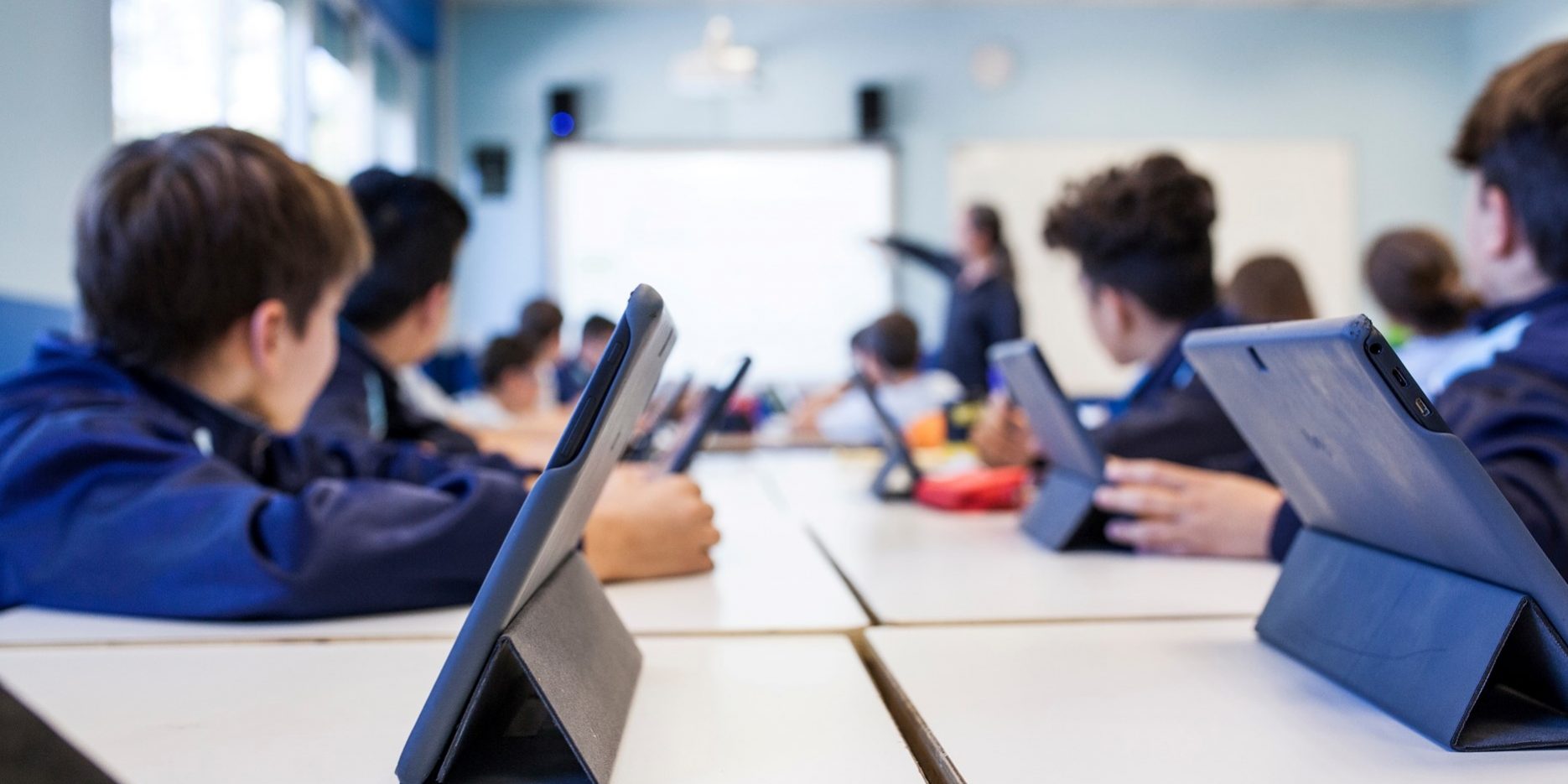In the evolving landscape of education, technology is rapidly changing how we teach and learn. Among the most promising advancements is the use of artificial intelligence (AI) to create personalized learning experiences in K-12 education. By leveraging AI tools and platforms, educators can tailor instruction to meet the unique needs of each student, transforming the traditional classroom model into one that adapts in real-time. This blog will explore how AI is revolutionizing K-12 education by enabling personalized learning, enhancing student engagement, and supporting educators in new and innovative ways.
Understanding Personalized Learning with AI:
Personalized learning is an approach that customizes the educational experience to fit each student’s strengths, weaknesses, interests, and learning pace. AI plays a pivotal role in this process by analyzing vast amounts of data from student interactions, such as test scores, homework submissions, and even real-time classroom participation. AI algorithms can identify patterns and predict which topics a student may struggle with or excel in, allowing educators to provide targeted support and resources.
For example, AI-driven platforms can deliver individualized lesson plans and practice exercises tailored to a student’s current understanding. If a student is struggling with a specific math concept, the platform can automatically provide additional exercises, instructional videos, or even one-on-one tutoring suggestions, all adjusted to the student’s unique learning style. This level of customization was nearly impossible in traditional classrooms, where teachers had to balance the needs of many students simultaneously.
Enhancing Student Engagement:
AI-powered personalized learning tools also enhance student engagement by making learning more relevant and interactive. Gamified learning platforms, for example, use AI to create dynamic, interactive lessons that adapt based on a student’s responses. This keeps students motivated and encourages active participation. Additionally, AI tools can offer instant feedback, allowing students to learn from mistakes immediately rather than waiting for the teacher’s assessment.
AI can also help identify disengaged or struggling students earlier. By monitoring patterns such as time spent on tasks, frequency of incorrect answers, or lack of participation, AI can alert educators to potential issues, allowing them to intervene before the student falls too far behind. This proactive approach helps maintain student interest and fosters a more supportive learning environment.
Supporting Educators:
While AI is a powerful tool for personalized learning, it is not meant to replace educators but rather to support them. Teachers can use AI-generated insights to better understand each student’s learning path and make informed decisions about instruction. AI can also automate routine tasks, such as grading or tracking student progress, freeing up time for teachers to focus on more meaningful interactions, like one-on-one support or creative lesson planning.
Moreover, AI tools can help educators differentiate instruction more effectively. In a single classroom, students often have varying levels of understanding and different learning needs. AI can assist teachers in grouping students for collaborative learning activities or provide resources that match each group’s learning level, ensuring that all students are challenged appropriately and supported in their learning journey.
Addressing Equity and Accessibility:
One of the greatest potentials of AI in K-12 education is its ability to make learning more equitable and accessible. By providing personalized content, AI tools can help bridge gaps for students with different learning abilities, backgrounds, or socioeconomic statuses. For example, AI can offer multilingual support for English language learners, provide alternative formats for students with disabilities, or ensure that students who need extra help have access to it without stigma.
Additionally, AI can make high-quality education more accessible by providing resources and tutoring that may not be available in all schools, especially those in underserved areas. Through adaptive learning platforms and virtual tutoring, AI can help level the playing field, giving every student the opportunity to succeed.
Conclusion:
AI is revolutionizing K-12 education by making personalized learning a reality. By tailoring instruction to the unique needs of each student, enhancing engagement, and supporting educators in meaningful ways, AI is transforming classrooms and creating a more inclusive and effective learning environment. As AI continues to advance, its potential to improve education outcomes and promote equity will only grow. Embracing these innovative tools and approaches can empower educators and help students reach their full potential in a rapidly changing world.
Enhancing the Learning Experience with Chromebook Accessories Enhancing the Learning Experience with Chromebook Accessories







